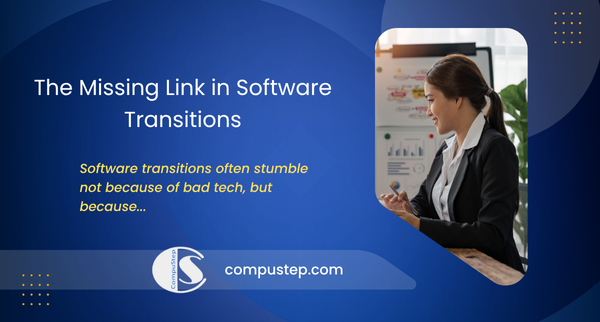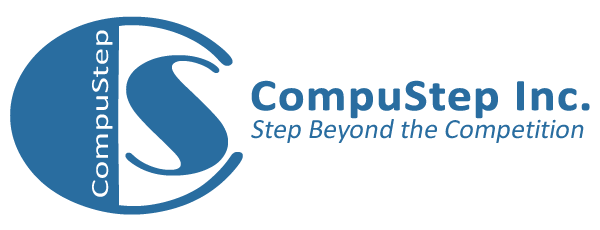
Every software transition starts with high hopes, polished presentations, and a confident IT team. The system promises to revolutionize workflows, eliminate pain points, and “just make sense.” But after go-live, the dream often unravels into a tangle of frustrated users, flooded help desks, and quiet murmurs about bringing back the old system that at least sort of worked. What went wrong? One often-missed piece of the puzzle is solid training.
Ask any software engineer and they’ll insist, “The interface is intuitive!” Of course it is…to them. They’ve been designing it, building it, testing it, naming things in it, and possibly even dreaming about it for months. That software is their digital child. And like any proud parent, they know its quirks, strengths, and the exact way to coax it into behaving. But put that same software into the hands of an HR rep, a finance analyst, or even a seasoned admin assistant, and suddenly the system might as well be a lunar rover dashboard.
It’s like parenting. Parents understand their own kids. They can decode every look, noise, and refusal to eat vegetables. But when they babysit someone else’s child? Suddenly they are negotiating bedtime treaties, trying to prevent small-scale rebellions, and wondering why the kid screams at the sight of a yellow cup. The same disconnect happens when developers assume users will instantly bond with a new system just because they do. What’s crystal clear to the creator is often completely opaque to the end user.
That’s why training is not a luxury or a final checkbox. It’s the bridge between rollout and real adoption. And not just any training. People need hands-on learning, clear visuals, short videos, printed cheat sheets, and and a support channel where users feel heard. They need to know not just what to click, but why it matters to their role. Good training is what transforms a confusing interface into a trusted tool.
Imagine this: a fictional company called Innovatech Inc. proudly rolls out their shiny new internal platform, OptiFlow 360. The IT team clinks coffee cups in celebration. “It’s so intuitive!” they say. Day one arrives. Marianne from Accounting clicks every corner of the screen looking for the “submit” button, which has been cleverly disguised as a spinning teal arrow. Trevor in HR accidentally assigns forklift certification to the entire company. And the help desk is averaging a call every 90 seconds, mostly from people muttering, “Who designed this thing?”
Eventually, someone in leadership says what everyone’s thinking “Maybe we should have done more training.” Enter the learning consultant. In just weeks, OptiFlow 360 is paired with cheat sheets, quick videos, role-specific walkthroughs, and a class titled Don’t Panic: It’s Just a Button. The help desk quiets down, users begin to feel supported, and the IT team gets to sip their coffee while it still warm again.
The takeaway is simple. You can build the most powerful and elegant system on the market, but if people don’t know how or why to use it, it becomes just another ignored icon. Training is not an afterthought. It is the oxygen that makes change possible. Without it, your software transition might as well come with a paperweight and a hotline stuck on hold music.
P.S. If your organization is planning a system or software transition, don’t leave your people behind. CompuStep has been supporting organizations with effective Learning and Development solutions since 1999. Led by a certified Adult Education professional, CompuStep designs training that’s practical, engaging, and tailored to how adults actually learn. From custom training programs to quick-reference materials, eLearning modules, and live facilitation, we help ensure your investment doesn’t end up collecting digital dust. Visit www.compustep.com to learn more.
